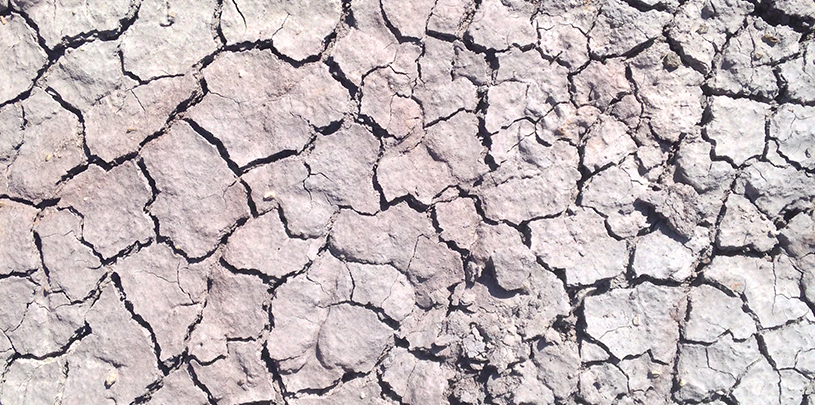
 by Ed Grumbine, Lands Director
by Ed Grumbine, Lands Director
Our ability to adapt to climate change on the North Rim Ranches will depend on many factors, including how fast it changes, how rapidly species can respond to new conditions, and how we plan to take action.
So as we assessed climate vulnerability on the ranches, we considered how changing conditions might impact lands on the north rim of the Grand Canyon.
After all, droughts due to warming temperatures and reduced precipitation can, at some point, stress plants or animals so much that they can no longer survive. Springs might eventually go dry unless we take actions to protect them.
While we identified seven key scenarios in our full Climate Change Adaptation Plan, here is what we learned about three of them: drought, severe wildfire, and livestock grazing:
Water is life in arid lands, and as climate change continues across the North Rim Ranches, managers will face longer droughts, erratic rainfall and reduced snow packs.
We are particularly concerned about climate impacts in:
What we can do about it
Our ongoing springs restoration work, in partnership with the Arizona Game and Fish Department and the U.S. Fish and Wildlife Service, has taught us important lessons that we can apply across the ranches.
In general, we should focus on site-specific restoration of ranch waters, including invasive species removal, erosion control, and pipeline and fencing repair. For Kanab Creek, we can partner with the Bureau of Land Management, the Forest Service, and the Kaibab Band of Paiute Indians to identify priority springs and commence restoration work. On the Paria River, we should continue to remove invasive species, especially tamarisk and Russian olive.
With temperatures on the rise since the 1970s, the average length of the fire season has expanded by 75 days across much of the West. Continued rising temperatures will add to the likelihood of more severe wildfires on the Colorado Plateau, including on the North Rim Ranches.
More specifically, wildfire risk will rise in the pinyon pine, ponderosa pine, and Douglas-fir dominated forests of the North Rim. Unnaturally severe fires can affect soil health and stability, encourage cheatgrass invasion, and derail the beneficial forest renewal that comes with natural fire patterns.
What we can do about it
We should continue working with land managers to promote thinning and prescribed burning in high-risk forests. These treatments should promote low-density stands with larger trees that may be able to store more carbon. We should continue to support studies that tackle reducing fire risk and slowing cheatgrass invasions.
Many range scientists in the Southwest expect that livestock grazing will be increasingly threatened by climate change. Heat stresses stock animals, grass grows more slowly, and watering holes shrink. As climate impacts unfold on the ranches, we’ll need to adjust our current rotational grazing strategies to support new levels of sustainable grazing.
What we can do about it
As the main permittee on north rim of the Grand Canyon, the vulnerability of livestock to climate change is important to us. We are prepared to work with our ranching partner to refine how we manage grazing to minimize ecosystem impacts and balance ranching needs. We recommend using our climate vulnerability map to prioritize areas where reduced grazing pressure or targeted restoration would help. As climate impacts grow, our recommended water management plan, which assesses livestock water use under drought, will become an important decision-making tool.
We have a lot of adaptation work cut out for us, if you consider all these recommendations together! As a first step, we are connecting with partners to prioritize what work should come first. That will take collaboration and communication—the subjects of our next post.
Did you know the Colorado River used to be called the Grand River? Learn about the name change and more fun facts about this hardworking river.
Read MoreChallenging conditions have endangered, threatened, or imperiled these five native fish in the Grand Canyon.
Read MoreBeneath the bathtub ring at Lake Powell, native plants are flourishing, cultural sites are resurfacing, and whitewater rapids are returning.
Read More